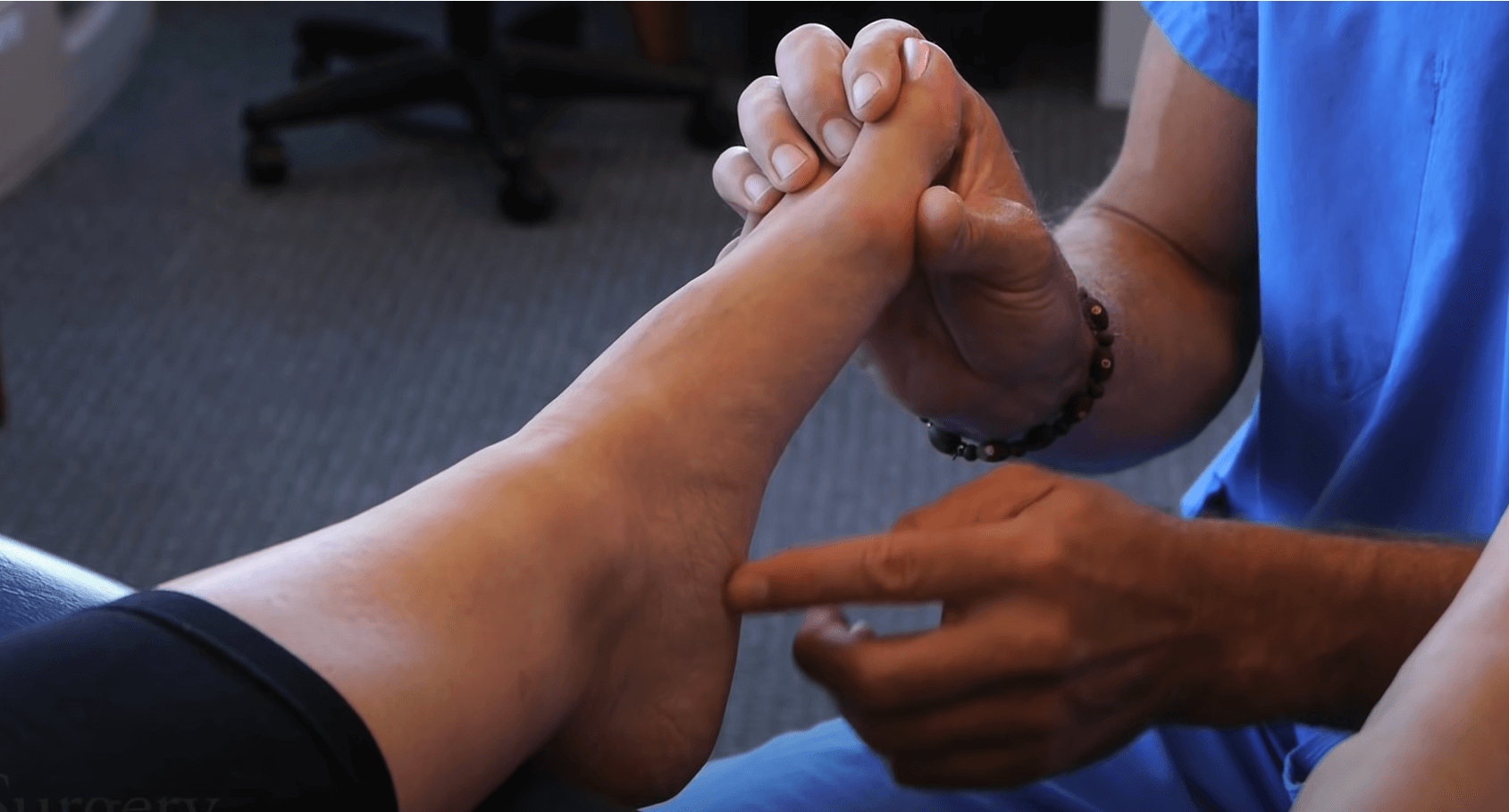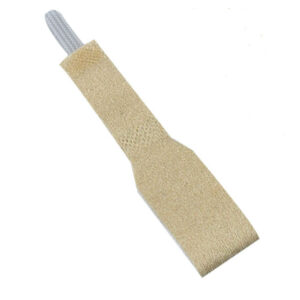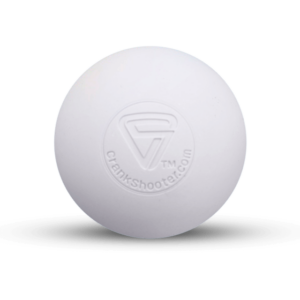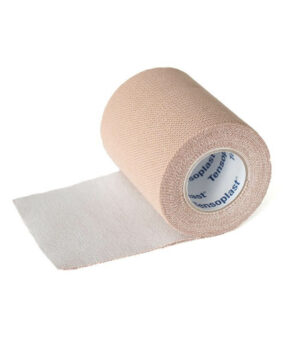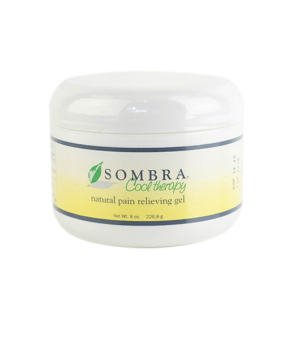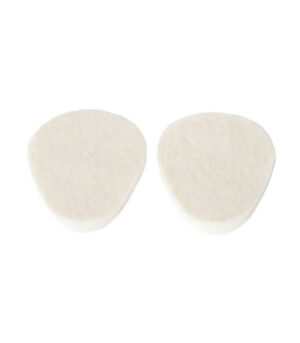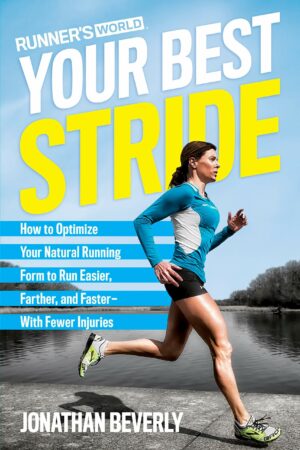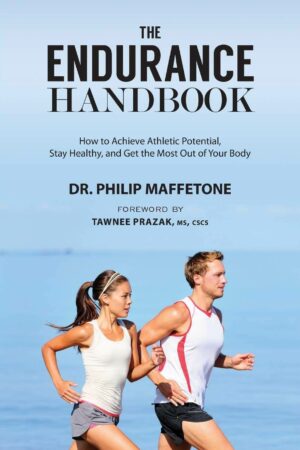The anatomical, structural and functional benefits of going barefoot and wearing naturally-shaped shoes are often the emphasis of our education because these tend to be the most immediate and practical. There is, however, another massive benefit to being barefoot and it lies not in your feet but in your head—your brain, to be exact.
The brain, just like muscles, bones and connective tissue operates on the “use it or lose it” principle. Meaning, if an area of the brain is not stimulated it will atrophy, weaken and shrink. Conversely, if an area of the brain is stimulated regularly and used routinely, it can grow in both size and in the number of neuronal connections. This is the basis for the phenomenon of ‘neuroplasticity,” which is the ability of the brain to change and grow throughout adulthood.
To understand the benefits going barefoot has on the brain, we need to understand the “homunculus.” Homunculus is Latin for “little person” and in the context of biology, is the word used to describe the brain’s model for the body. There are two divisions of the homunculus—the sensory and the motor. The sensory homunculus is the area of the brain where the body is mapped out in proportion to the density of sensory neurons that correspond to various parts of the body. The motor homunculus is the area where the map is based on motor function. Areas of the body that have a higher density of neurons for either sensory or motor function take up a more extensive section of the brain (which is why the pictorial depiction of the homunculus is so strange-looking). When we use a particular body part more routinely for either feeling or moving, the homunculus in the corresponding area of the brain is stimulated and becomes more developed. With more use, a higher resolution map of that particular area forms in the brain.

When we are barefoot, we receive a massive amount of sensory feedback from our feet—far more than when we are in overly-supportive and overly-cushioned shoes. We receive increased information from the foot about its position in space, the texture of the ground and muscle tension. Being barefoot sharpens the homunculus of the foot in the brain and lays the foundation for better balance and improved motor control through the increased information intake and subsequent brain growth. When someone wears overly supportive and cushioned shoes, the sensory homunculus becomes underdeveloped, and the information the brain receives from the foot is distorted, resulting in a lack of control. When someone is barefoot regularly, the sensory feedback from the foot becomes more detailed and refined, allowing the foot and brain to delineate small changes of sensory stimuli. The result is better control of motor function and balance. This is especially important as we age because the loss of balance is the top reason for falls in the elderly.

The increase in sensory detail while barefoot plays out practically in several ways. First, it allows for increasingly refined motor control based on sensory feedback. For example, when running barefoot or in naturally shaped shoes you can accurately adjust how your foot strikes by a matter of millimeters. In contrast, running in a conventional shoe there is little feedback, and making micro-adjustments in gait is not only difficult but discouraged by the design of the shoe. Second, by using and stimulating the nerves in the foot more, their physical growth is encouraged (both in the peripheral nerves of the foot and the central neurons in the brain). This growth can have beneficial impacts on circulation and sensitivity. Finally, there is pure enjoyment in being able to feel and connect with various textures and surfaces. Being barefoot on the beach, in the grass or on the rocks of a riverbed is immensely pleasurable and provides additional physiological benefits too.
Along with the increased muscular strength, the enhanced circulatory flow and improved anatomical alignment, going barefoot has very tangible benefits on the brain and the nervous system. This results in improved balance, better motor control and more enjoyment. Add the changes in brain function to the long list of reasons to consider ditching constrictive shoes and allow your feet (and brain) to feel more.





